We were lucky to catch up with Luis Padilla and Ana Carpio recently and have shared our conversation below.
Hi Luis and Ana, thanks for joining us today. Can you open up about a risk you’ve taken – what it was like taking that risk, why you took the risk and how it turned out?
Our life is compiled by risks—one after another, each one shaping us in ways we never anticipated. We’ve learned that taking risks is how you grow, how you learn, and how you discover your true potential.
The first risk we took was leaving everything behind in Mexico to start over in Canada. It wasn’t easy. We left behind family, friends, and familiarity, stepping into the unknown with nothing but hope. But with that leap of faith came new opportunities. Canada opened doors we never imagined, leading us down paths that would change our lives forever.
One of those paths began with Ana. She decided to pursue her passion for Industrial Design, enrolling at university. Suddenly, our home was filled with sketches, models, and late-night study sessions. With Ana deep in her studies, I, Luis, found myself with time on my hands. I knew I needed something more than just work to fill that void. Ana noticed how much I enjoyed fixing clothes, repurposing pieces into something new. She suggested I try sewing classes.
It seemed like a small step, but it turned out to be life-changing. I enrolled in a course at George Brown College, and within a year, I discovered my true passion: fashion design. It was like a switch flipped, and I realized this was what I wanted to do with my life.
And so, the second risk came: I quit my secure job in the aerospace industry to become a full-time fashion student. It was terrifying—leaving behind a stable career for something uncertain, something I wasn’t even sure I’d succeed in. But deep down, I knew I had to take the plunge.
As I studied, Ana and I found ourselves having endless conversations about the fashion industry—how it imposes values of belonging and consumption without thought, how it’s driven by trends rather than meaning. We both felt disconnected from the industry as consumers. That disconnection sparked an idea: what if we could change the way we consume fashion? What if we could create something new, something that aligned with our values?
Our dining room became our creative hub, where debates turned into ideas, and ideas turned into plans. We imagined a brand that combined our talents with a new approach to fashion—one that pushed boundaries, even our own. And so, we took our third risk: we created a brand that defied the fast fashion norms and embraced slow, meaningful design.
We had no idea how to become entrepreneurs, and honestly, we’re still learning. But that’s part of the journey. Our brand has shown us the areas where we need to grow, not just as business owners, but as individuals. In many ways, our brand is a reflection of ourselves—constantly evolving, always pushing forward.
We’re committed to creating clothes that truly matter. Pieces that not only make you look good but feel good because you know exactly who made them, where they came from, and how they’ll last. We’ve thrown out the fast fashion rulebook and embraced a slower, more intentional approach—custom-made, genderless designs for all bodies. We believe in paying fair wages, supporting local businesses, and rescuing discarded materials to create one-of-a-kind pieces.
Our mission is simple: to keep fashion fun, fair, and fiercely sustainable. Taking risks brought us to where we are today, and we’ll keep taking them as we continue to grow—because that’s how you create something that truly matters.

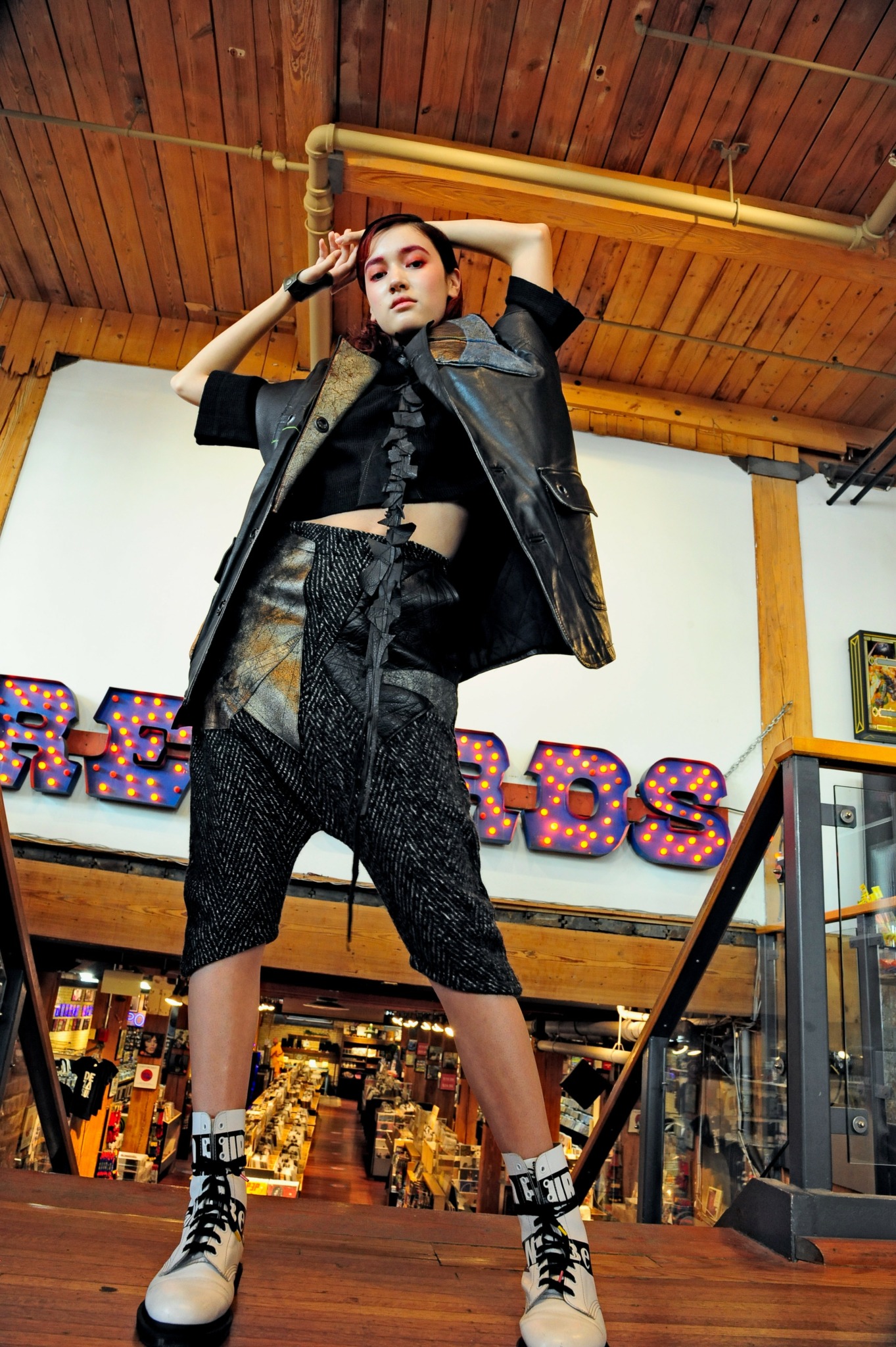
As always, we appreciate you sharing your insights and we’ve got a few more questions for you, but before we get to all of that can you take a minute to introduce yourself and give our readers some of your back background and context?
About the Founders:
Luis:
I am Luis; I was born in Guadalajara but grew up in Leon, Gto. Mexico.
I’m a fashion designer; it’s my second career. It took me some work to change my career path, but in the end I decided to listen to my heart, and here I am!
I grew up among the smells of leather, glue, rubber, fur, wax, carnauba wax, studs, etc. Every summer, I would help my grandfather in his Mercado de la Luz shop. He sold various materials to make shoes, and I helped him make custom shoes by hand.
One day, while on my way home on my bicycle, I passed in front of a giant manufactory. However, it had no sign or logo on the facade, which caught my attention. I was intrigued that it was the only manufacturer in the area without a brand name. I decided to stop and knock on the gate. When I knocked on the door, the guard opened a little window and asked me who I was looking for. Since my intuition had led me there, I didn’t know what to answer and just said: “I’m looking for a job.”
At that moment, my life changed, and I began an adventure in the footwear industry without realizing it.
Shortly after, I started my university studies in International commerce, and I worked part-time while I was studying.
I worked for a while in production, engineering, design and development, purchasing and supplier development. I am very fond of this industry.
My first idol was my uncle, Rogelio. I was fascinated to watch him create his own style. Since he worked with my grandfather, he would make his own accessories, footwear, and sometimes clothing. I remember when he would lend me one of his creations, and when I wore it, it made me feel unique and authentic, just like him.
Growing up, I wondered why people wore the same brand of clothes and cut their hair in the same style.
Inspired by my uncle Rogelio, I started experimenting with my own image. Since I didn’t have a sewing machine, I altered my clothes by hand with thread, needle and scissors.
This is how I began to create my own style and find myself.
Ana:
I’m Ana, an industrial designer by profession; I was born in León, Gto. Mexico and I’m the oldest of 4 siblings. I grew up surrounded by many family, cousins, uncles, aunts, uncles, and friends who became family. My favourite people were my grandparents; I loved being in their house, where I felt free to do and undo (according to me, I was the spoiled one).
My grandmother was one of those grandmothers who could do everything. When I was little, she made me dresses; they were the only dresses I liked.
I can still hear her scissors leaning on the wooden table, cutting the fabric, and the noise of her old sewing machine.
I was quiet but with a lot of character. I didn’t like it when my mom told me I had to dress a specific way; I wondered why I had to dress like other girls and couldn’t choose my clothes. I grew up hating the fashion world. Years later, I never thought I would be here with such a different view of this industry.
I was observant and wondered why adult things were so dull. I imagined how objects would look like if they were similar to children’s objects.
I realized that I had the power to see what others didn’t and that I could make everything prettier.
My mom pushed my creative side and encouraged me to draw what I imagined. That’s when I realized I wanted to design things so that I could change everything around me.
One of the jobs as an industrial designer that made me think a lot was with a company that designed acrylic displays. My head exploded when I saw the amount of waste that the company produced. I quit and promised myself I would not work for companies that did not look to the future. My heart told me that something better would await me, and here I am.
We met in 2007 while studying French at a French school. One day, Ana invited me for a beer. In 2009, we decided to emigrate to Canada, where we prepared to become designers.
While studying, we talked about our different experiences as consumers in the fashion industry. We saw how the fashion world imposes values of belonging and consumption without thinking. We wondered how we could change our consumption patterns.
Our dining room became a space for debates and creative ideas. We imagined a brand that would merge our talents with new values for designers and consumers.
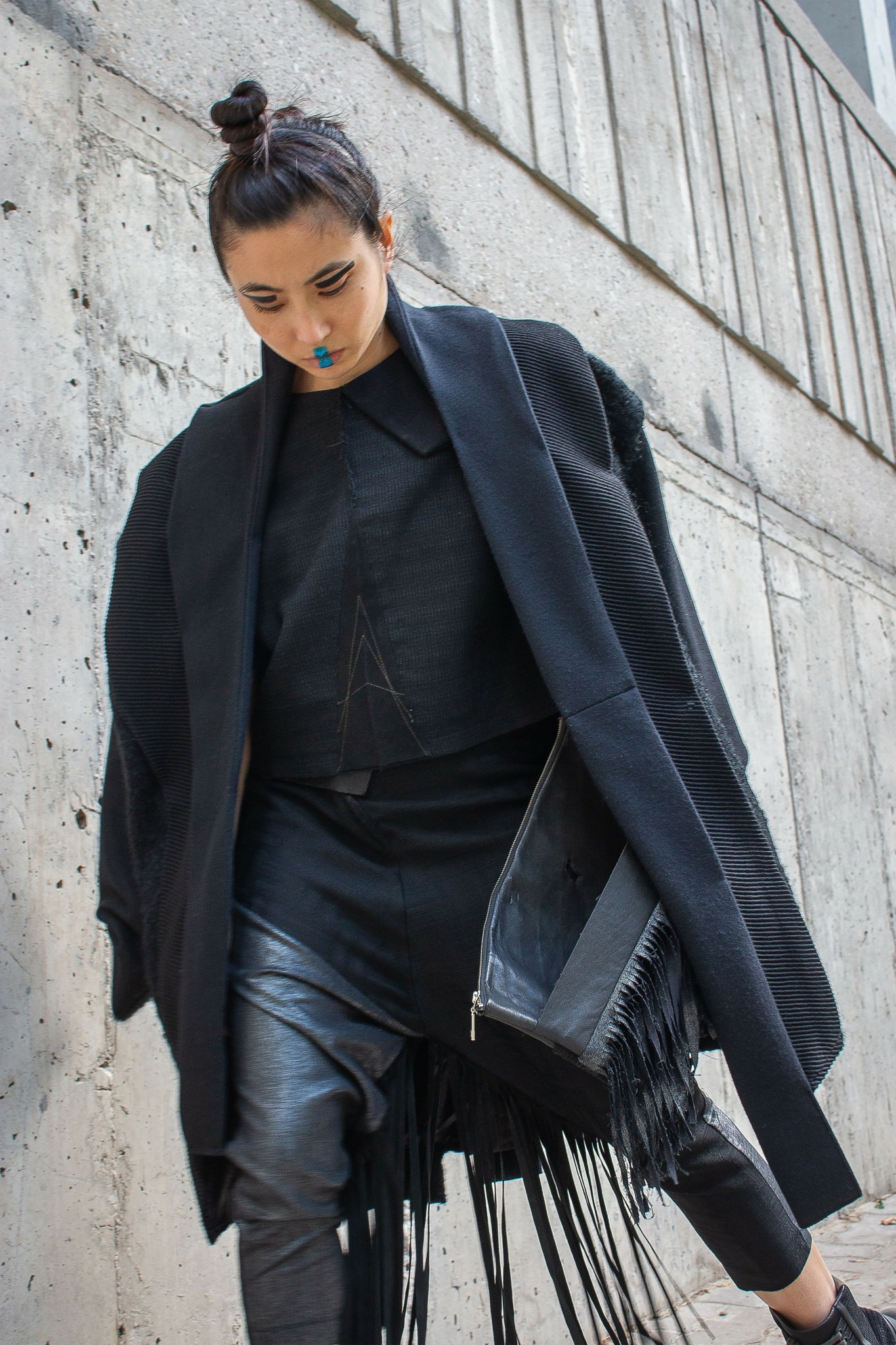
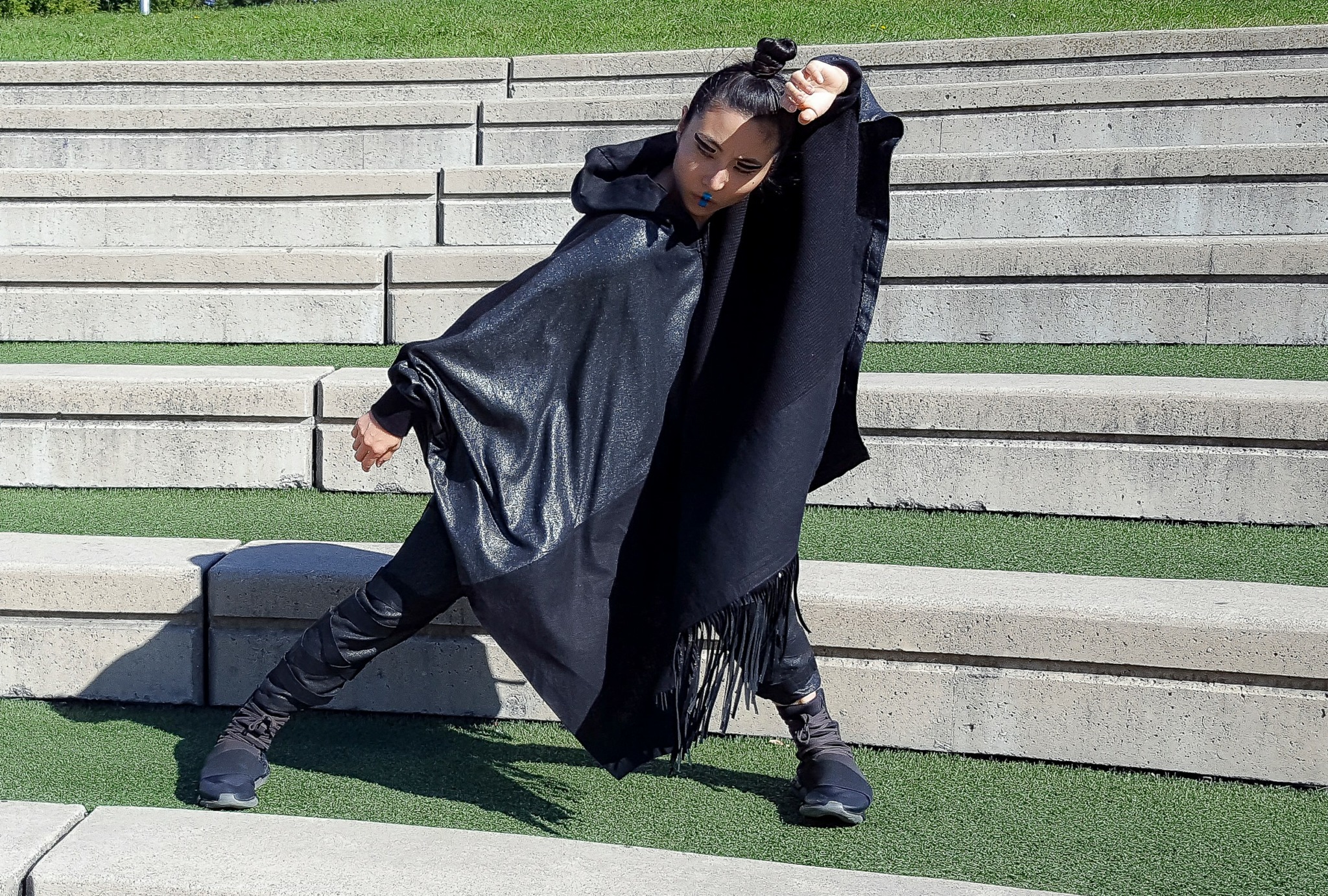
What do you find most rewarding about being a creative?
Connecting with people through your creations: When someone tells you that wearing a garment you made makes them feel different or empowered, it’s incredibly magical. It’s about creating something that resonates deeply with others.
Imagining and creating your own world: Building a world with your own rules and values, and watching a community grow around those principles, is deeply fulfilling.
Collaborating with other creatives: Joining forces with other creative individuals to produce something amazing is always an exciting and enriching experience.
Participating in events: Being part of events where new opportunities arise is both thrilling and rewarding, as it opens doors to new connections and possibilities.
Inspiring others: Knowing that your story or work has inspired someone else and positively impacted their life is an incredible feeling—one you never expected but deeply appreciate when it happens.

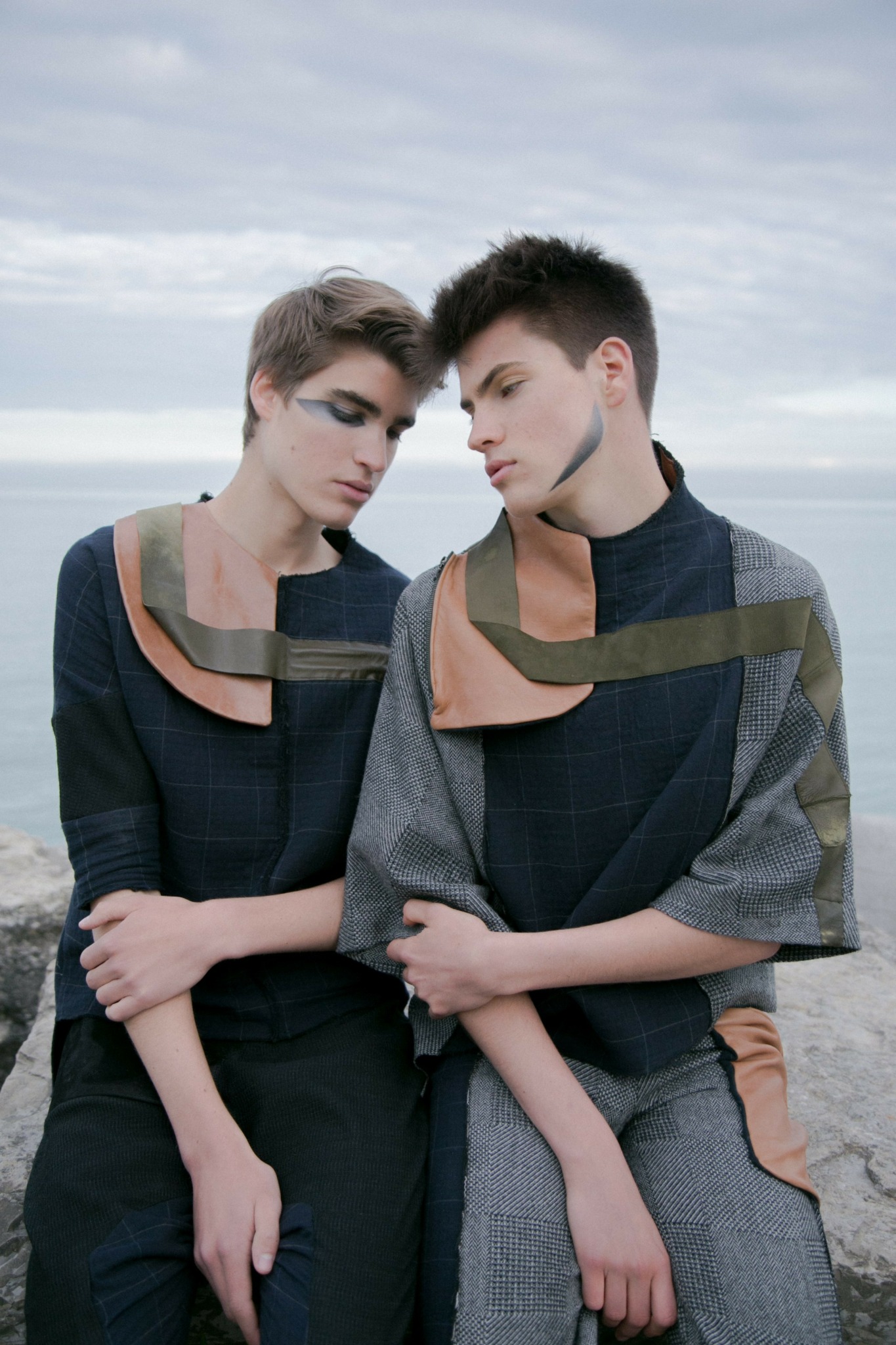
We’d love to hear a story of resilience from your journey.
One story that illustrates our resilience is from the end of 2019. At that time, Ana had a full-time job, and I had decided to quit my job to dedicate myself entirely to growing our brand, Supramorphous. Everything seemed promising—until the pandemic hit Canada.
Suddenly, everything came to a standstill. Our providers closed, our seamstresses couldn’t work, and the entire fashion ecosystem we depended on was thrown into chaos. The economic strain quickly followed. With only one income, things became difficult, and I couldn’t find any work. As time passed, the mental stress mounted. Prices were rising, and we realized that to continue with the brand, we had to make a tough decision: leave Toronto.
It broke our hearts to leave a city we loved so much, but we moved to Ottawa, not knowing what the future held. However, Ottawa had its own surprises. We found new friends, made valuable connections, and being closer to family provided us with much-needed support during those challenging times. The slower pace also gave us the opportunity to rethink and reshape the brand.
Now, we’re back on our feet, and our resilience has paid off. We’re expanding and are excited to start selling in Mexico. It was a tough journey, but it taught us that with persistence and adaptability, we can overcome even the most challenging obstacles.
Contact Info:
- Website: https://www.supramorphous.com/
- Instagram: https://www.instagram.com/supramorphous/
- Facebook: https://www.facebook.com/Supramorphous
- Linkedin: https://ca.linkedin.com/company/supramorphous
- Youtube: https://www.youtube.com/@supramorphous

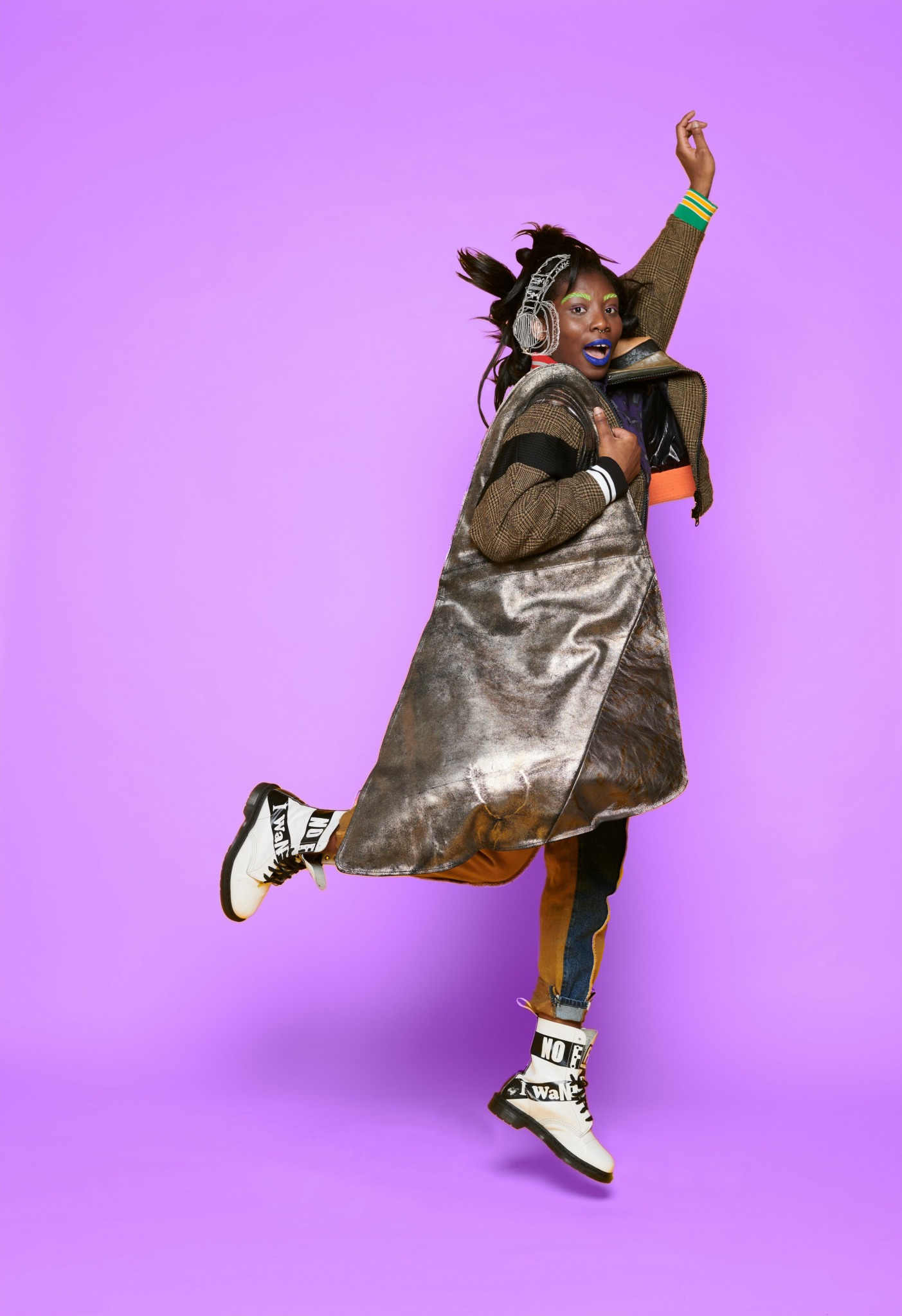
Image Credits
CG Chen
Gerry Diaz


